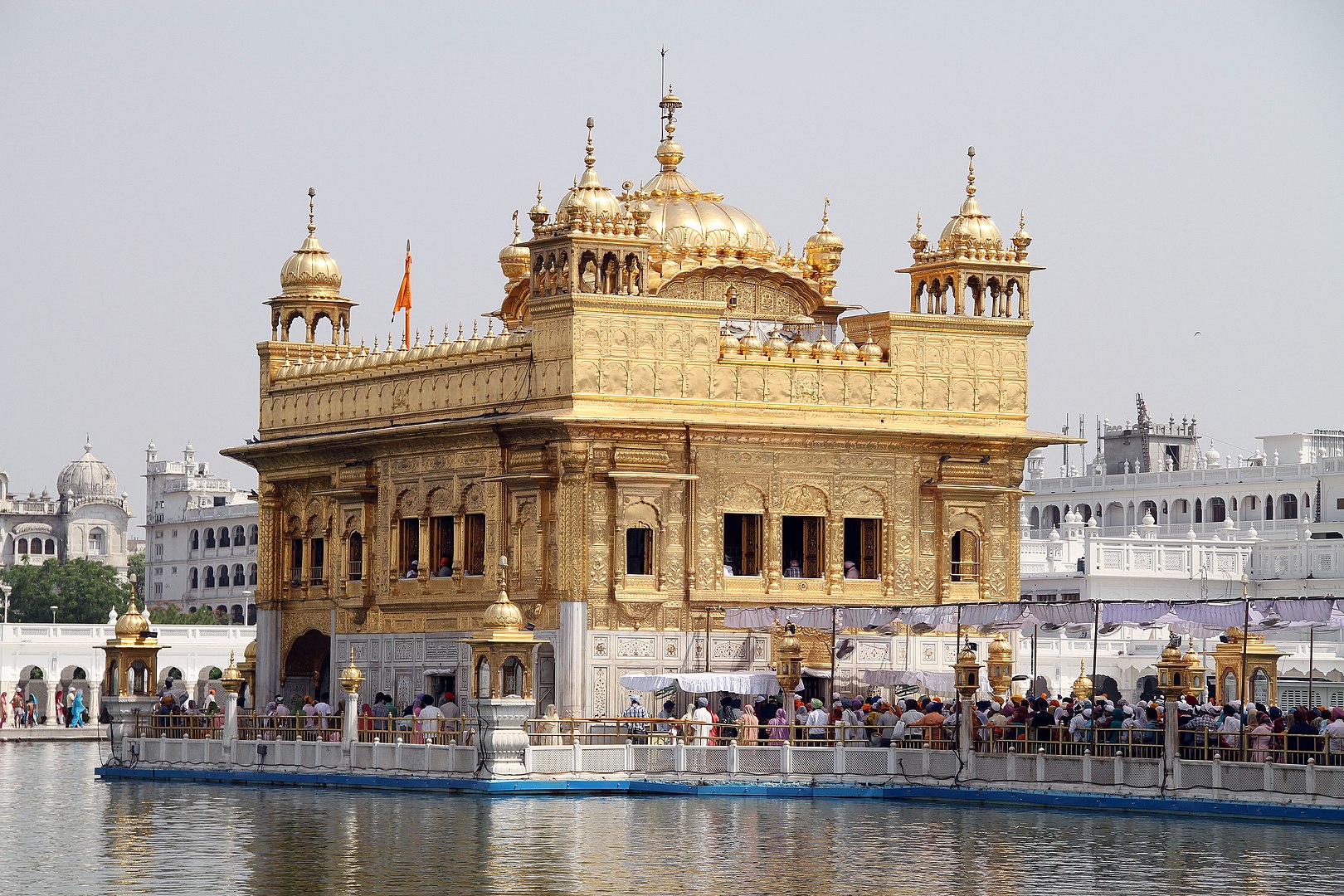Jharokja Windows of Hawa Mahal
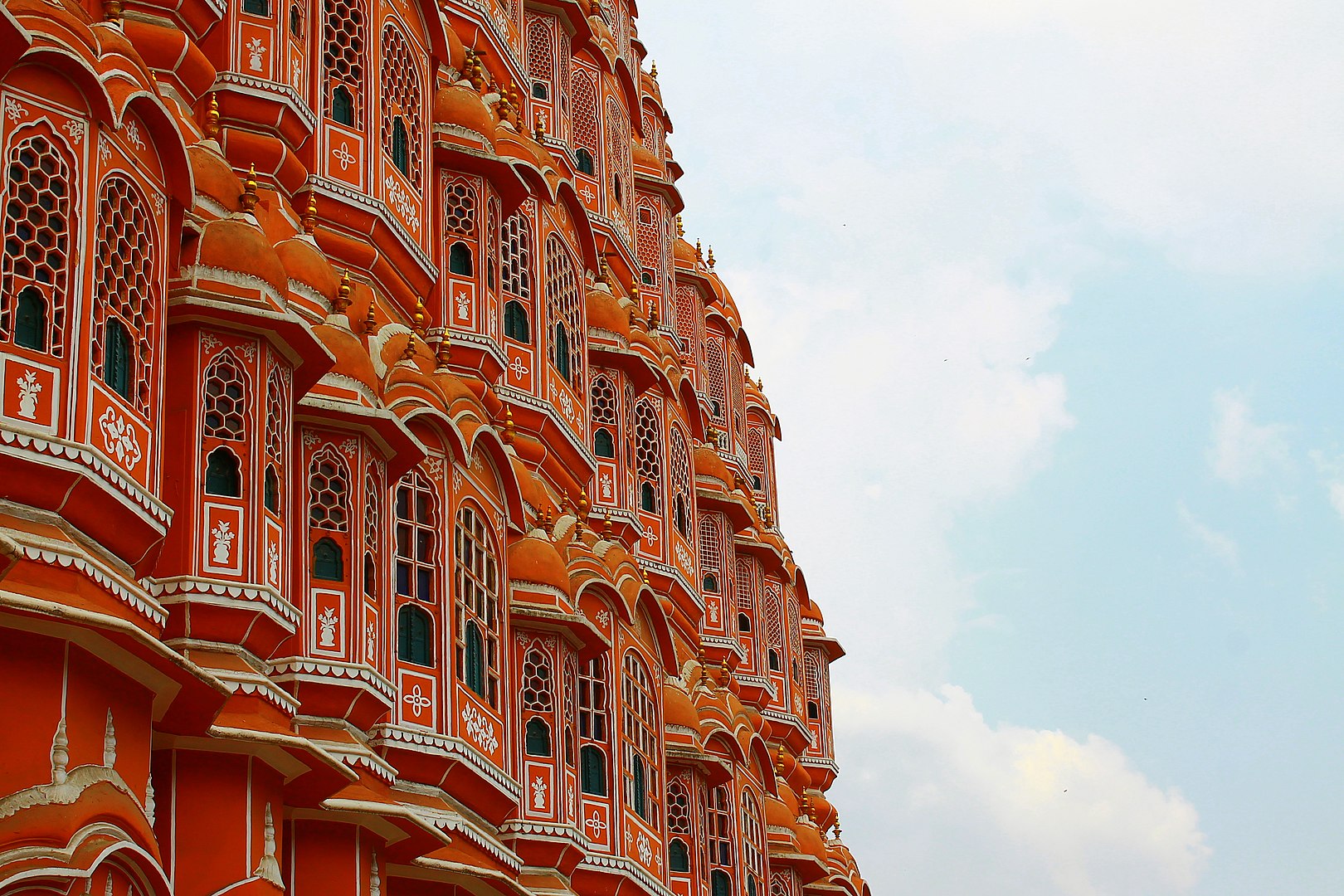
Today we continue our exploration of the architecture of India
The architecture of India is as diverse and complex as its culture, with regional styles that reflect the geographical, climatic, historical, and cultural variations across the country. Here’s an overview of some of the regional architectural styles you mentioned:
Rajput Architecture
Rajput architecture is notable for its fortresses, palaces, and temples found primarily in Rajasthan and parts of north India. This style emerged under the Rajput kingdoms, known for their valor and love for art. Key features include:
- Fortified Walls and Bastions:** Designed for defense, these structures often sit atop hills or mountains.
- Ornate Temples and Palaces:** Featuring intricate carvings, jharokhas (overhanging enclosed balconies), chhatris (elevated, dome-shaped pavilions), and jaalis (latticed screens).
- Stepwells:** Unique to this region, stepwells are elaborate structures built around water sources.
Sikh architecture, mainly found in Punjab, is synonymous with the gurdwaras (Sikh places of worship). It blends Islamic and Hindu architectural elements, reflecting the inclusive philosophy of Sikhism. Characteristics include:
- Large Domes and Arches:** Often covered in gold, as seen in the Golden Temple in Amritsar.
- Intricate Inlay Work and Frescoes:** Featuring floral and geometric patterns.
- Sarowar (Holy Pool):** Many gurdwaras have a sarowar within their premises, symbolizing purity.
Maratha architecture flourished in the Western Indian region of Maharashtra during the Maratha Empire. It is known for its forts, palaces, and temples, blending elements of Mughal and Hindu architectural styles. Notable aspects are:
- Massive Forts:** Built on hilly terrains with extensive use of natural defense.
- Simple Aesthetic:** Unlike Mughal architecture, Maratha buildings are less ornate, focusing on functionality.
- Use of Local Materials:** Primarily basalt and laterite, suited to the region’s climate.
Dzong architecture is not traditionally Indian but is prevalent in Bhutan and parts of Indian Sikkim. Dzongs are fortress monasteries that serve as religious, military, administrative, and social centers. Key features include:
- Massive Structures:** Built without the use of nails or architectural plans, following a traditional method.
- Strategic Locations:** Often situated on hilltops or at river confluences.
- Courtyards and Temples:** Enclosed within thick walls, with space for administrative offices and monk accommodation.
Bengal architecture refers to the styles found in the Bengal region, covering Bangladesh and West Bengal in India. This style is known for its distinct urban and rural expressions. Features include:
- Terracotta Temples:** In rural areas, characterized by elaborate terracotta plaques depicting Hindu mythology.
- Colonial Influence:** In urban areas like Kolkata, showcasing Gothic, Baroque, and neoclassical influences.
- Modernist Movements:** In the 20th century, architects like Louis Kahn (e.g., the National Assembly Building in Dhaka) contributed to the modernist architecture of the region.
These architectural styles are a testament to the rich and varied cultural heritage of the Indian subcontinent, each with its unique features and historical context.
India Amer Fort
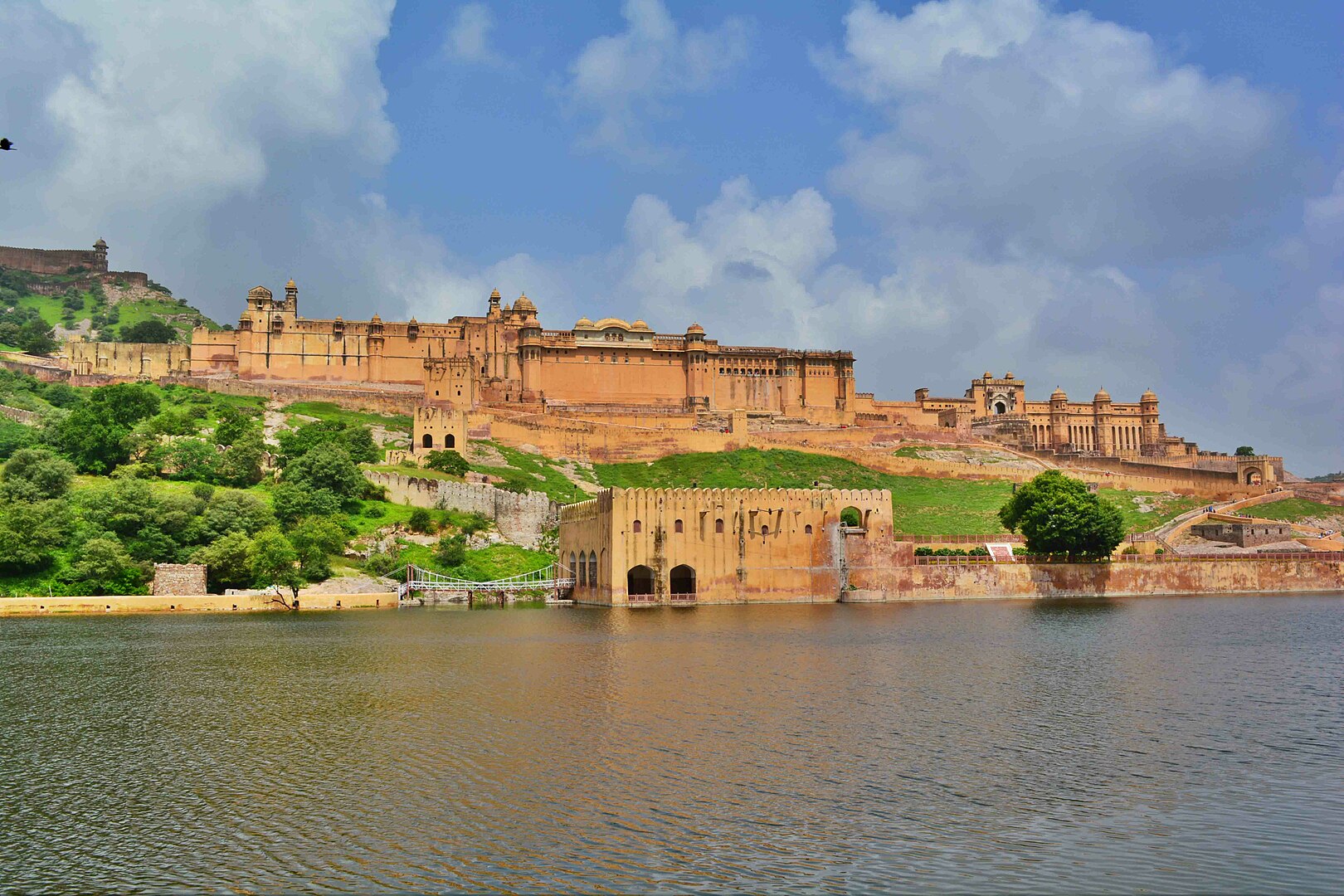
Chandra Mahal
Showcasing fusion of Rajput and Mughal Styles
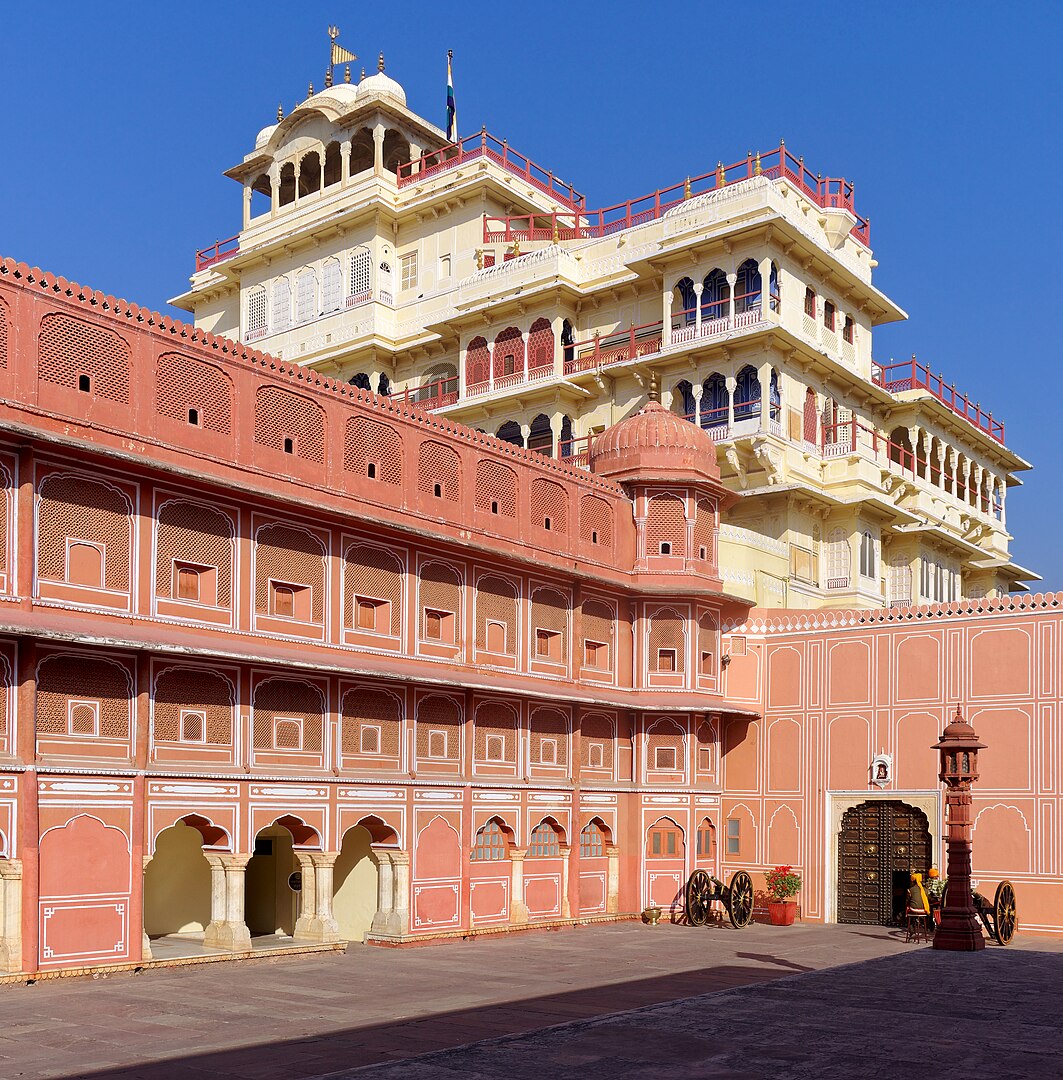
Chhatris in Udaipur
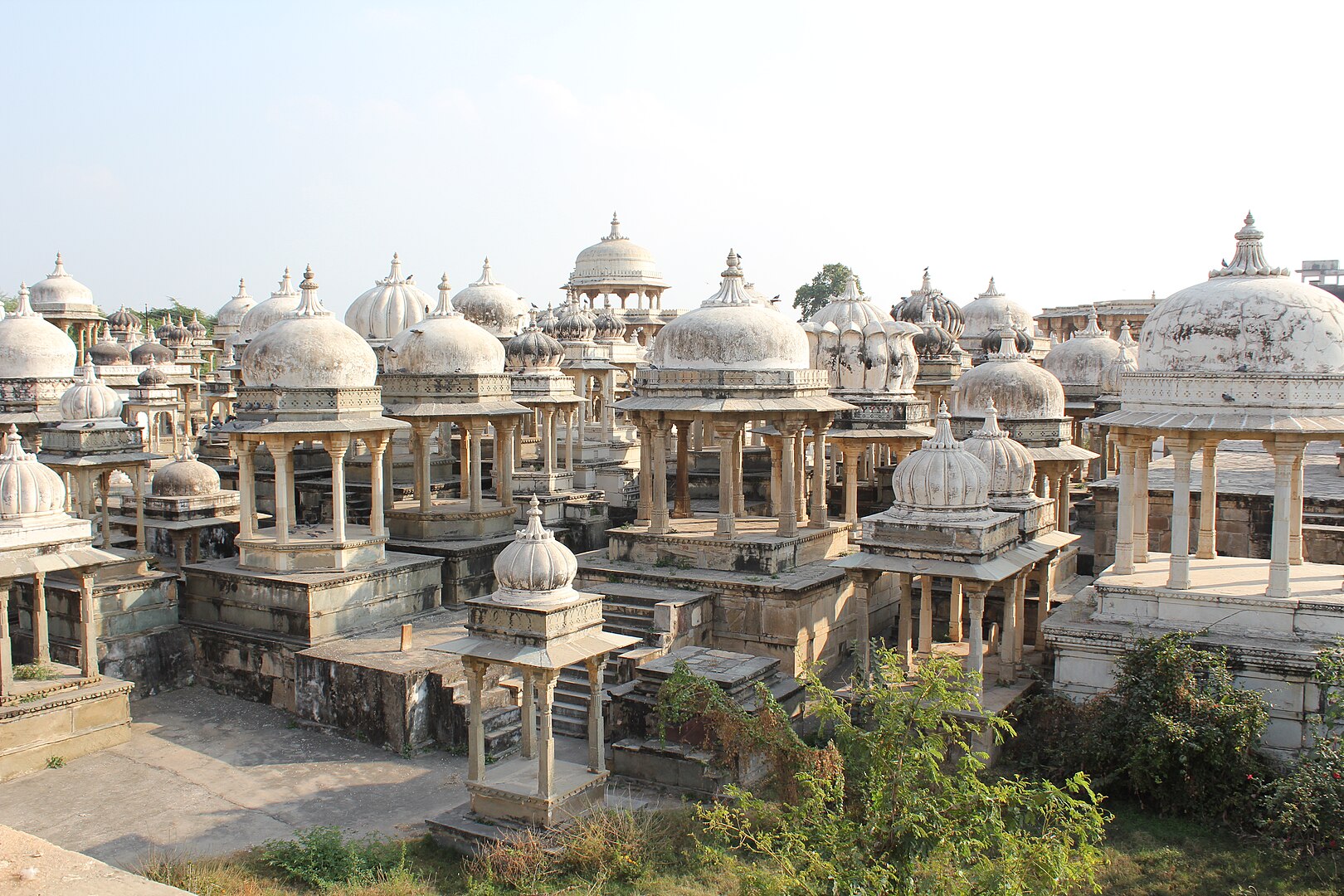
Cluster of Temples in Bishnupur
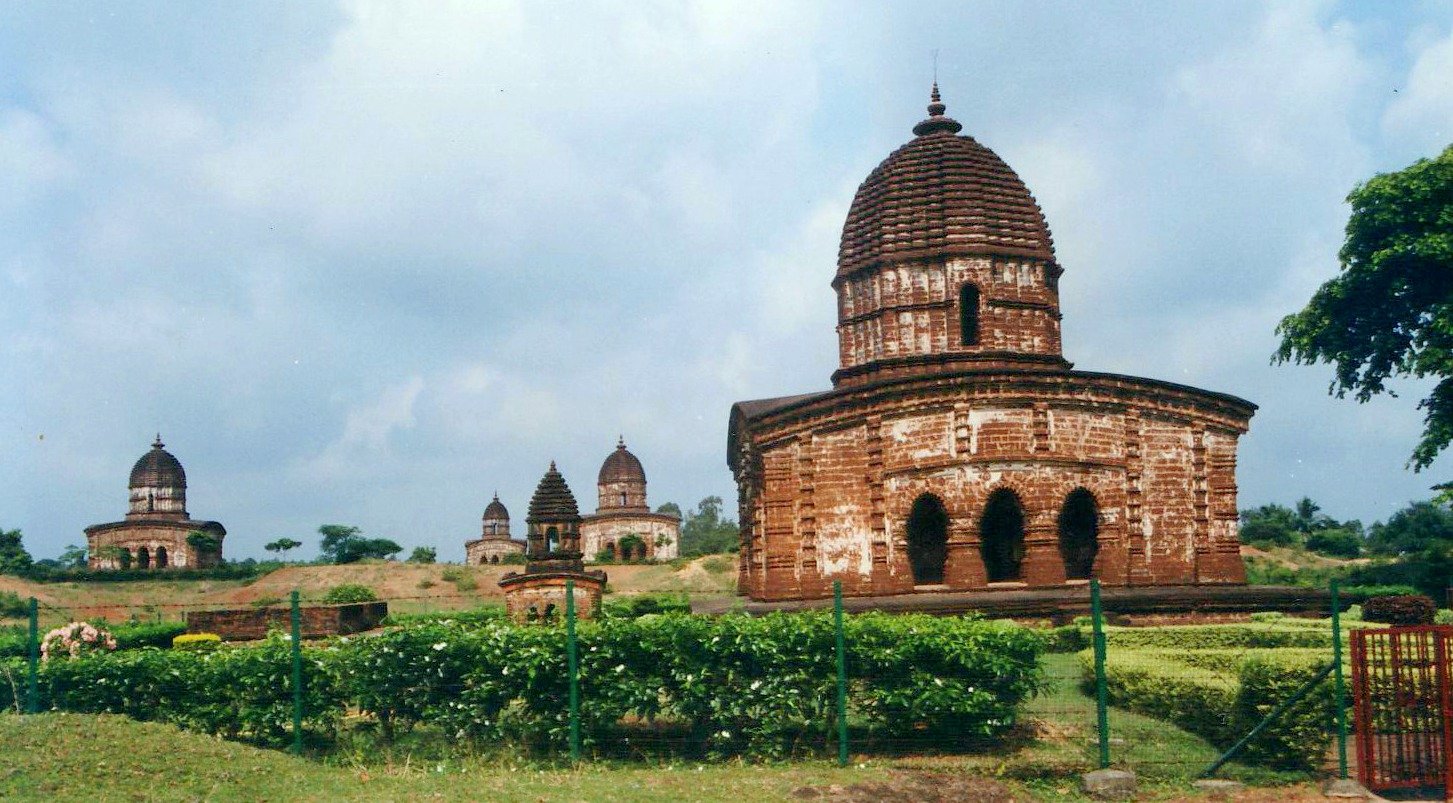
Flat Roofed Dalan with dome Madan Mohan Temple
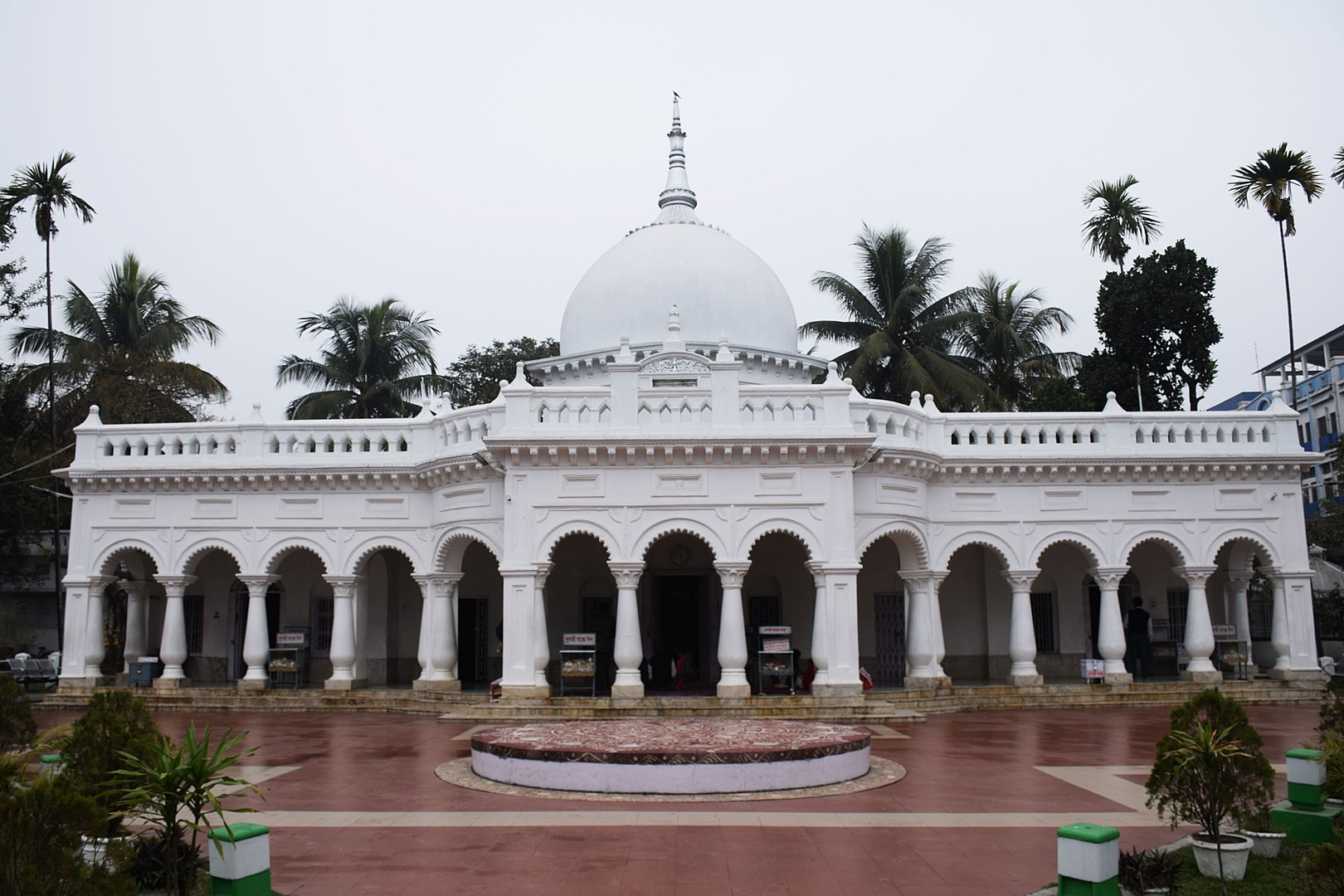
Gurdware Baba Atar
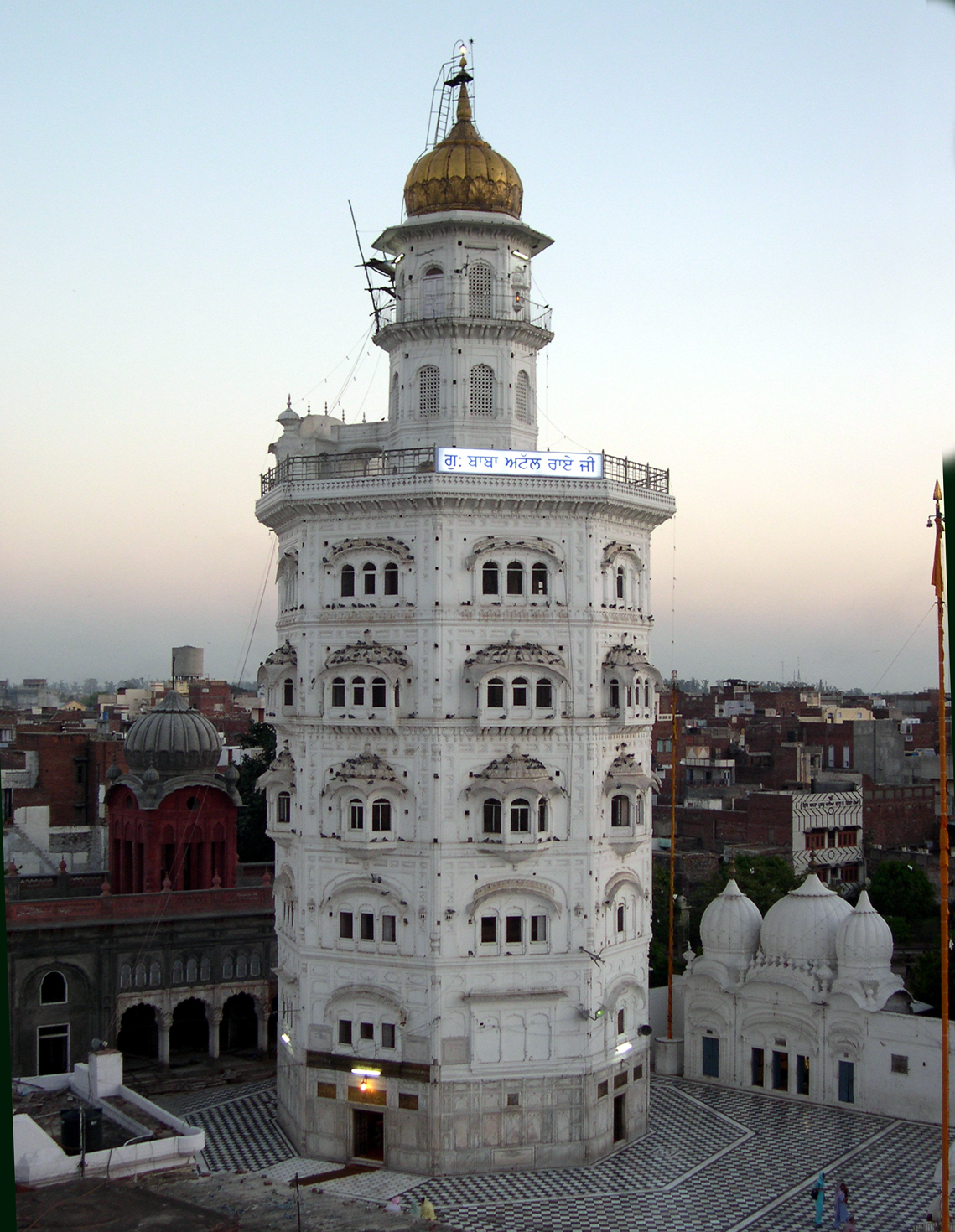
Hangsehwari Temple
Ratna Temple
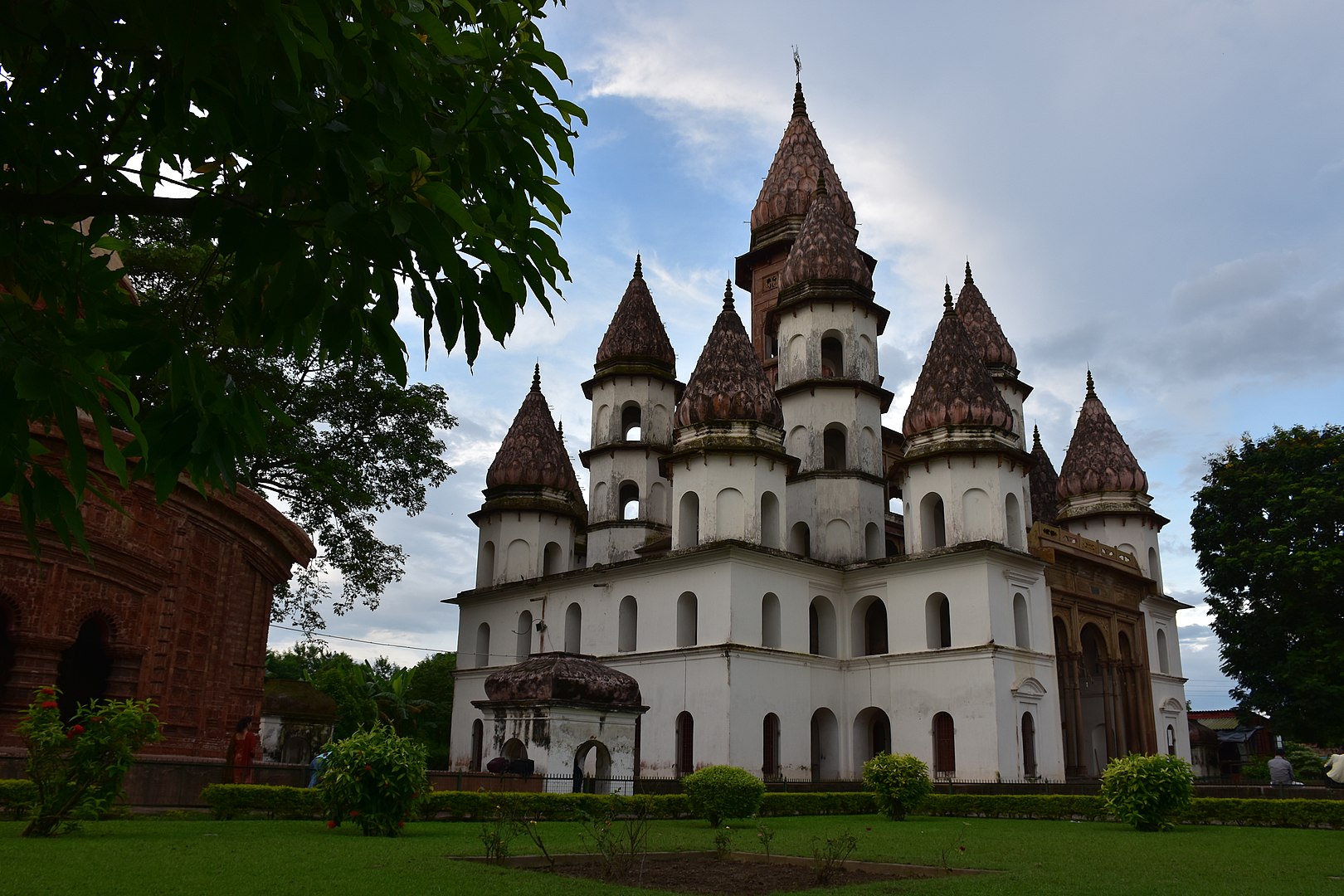
Jorbangla Douchala Style
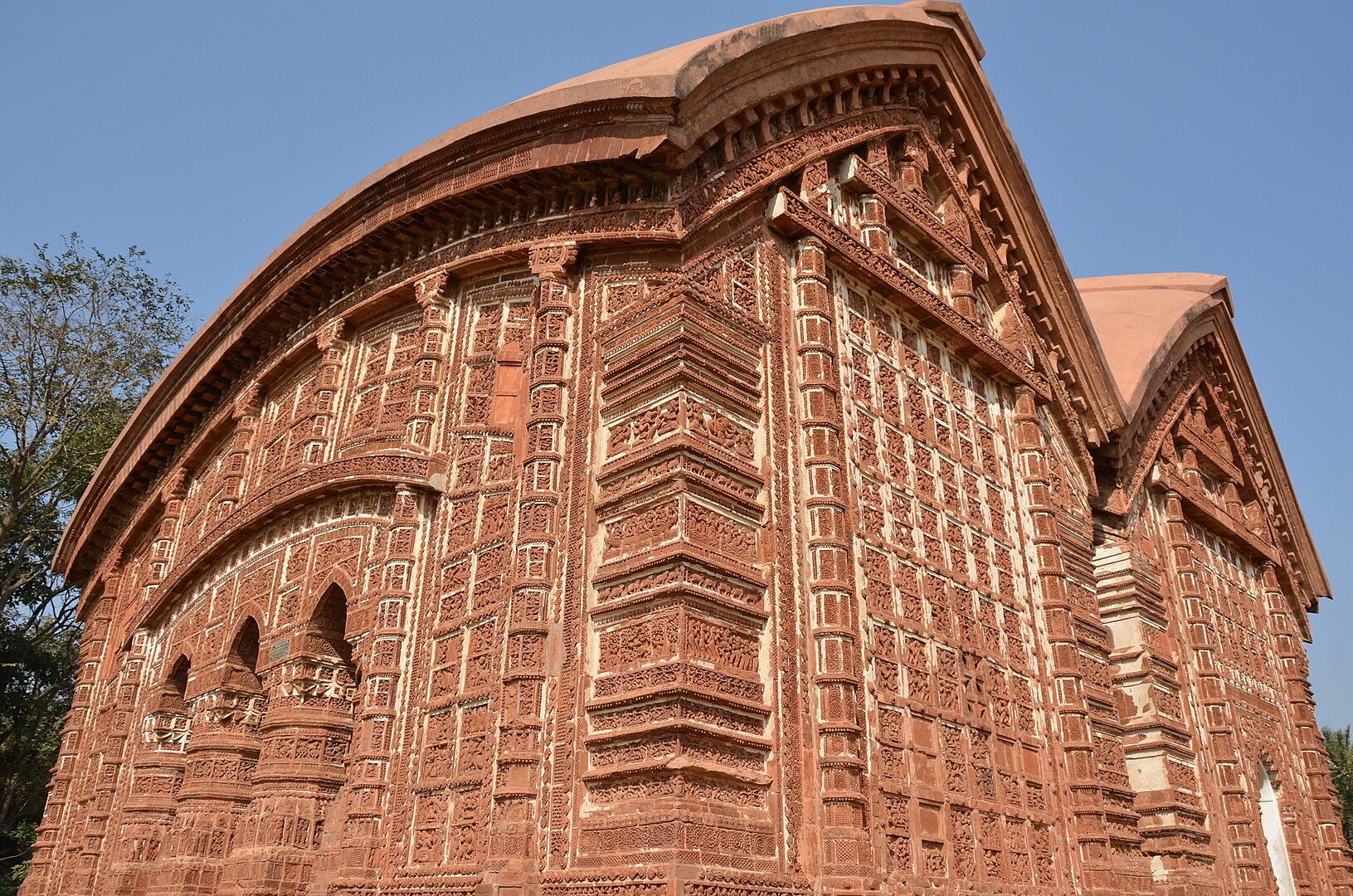
Kee Monastery Spiti
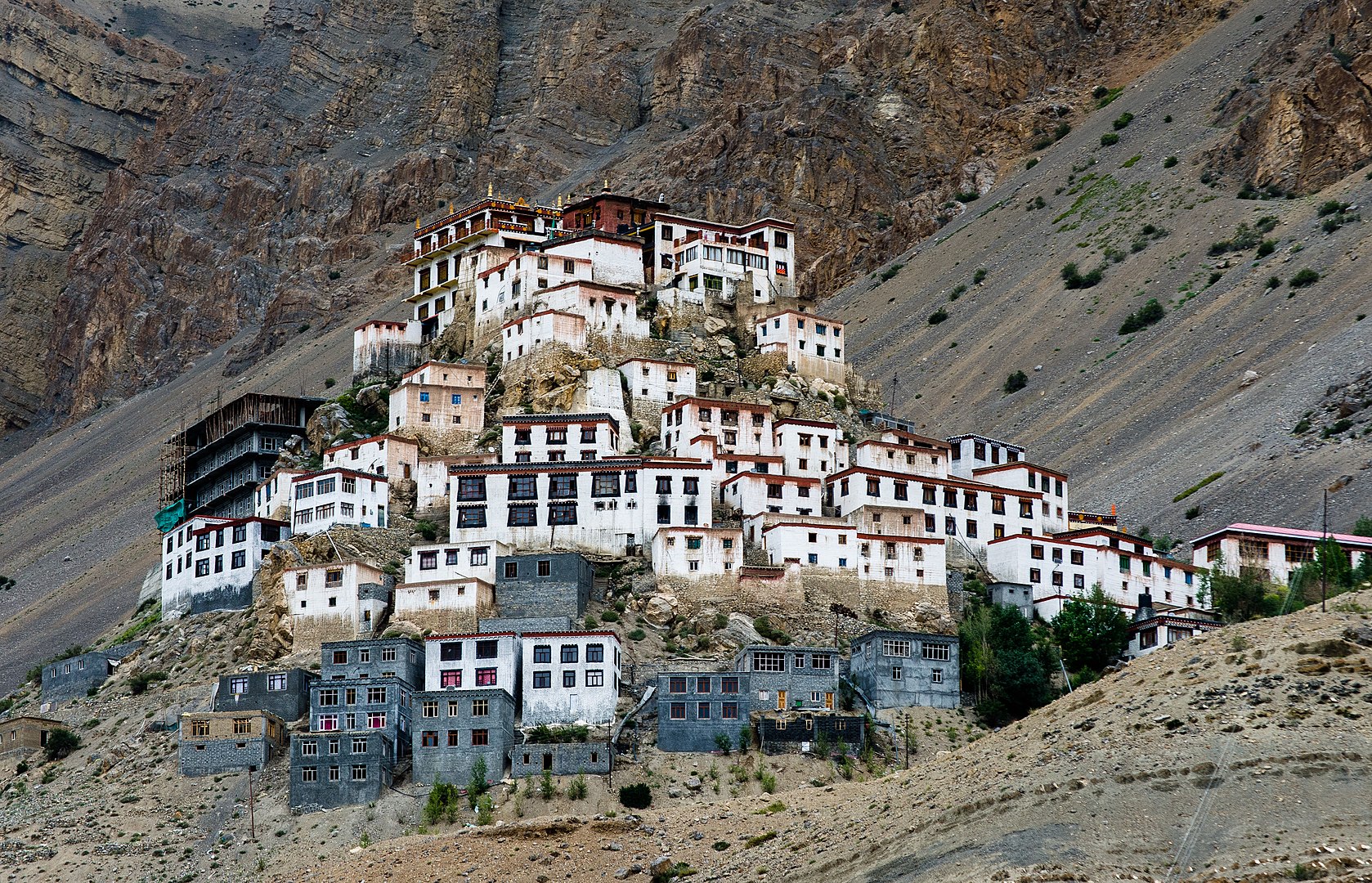
Neemrana Fort
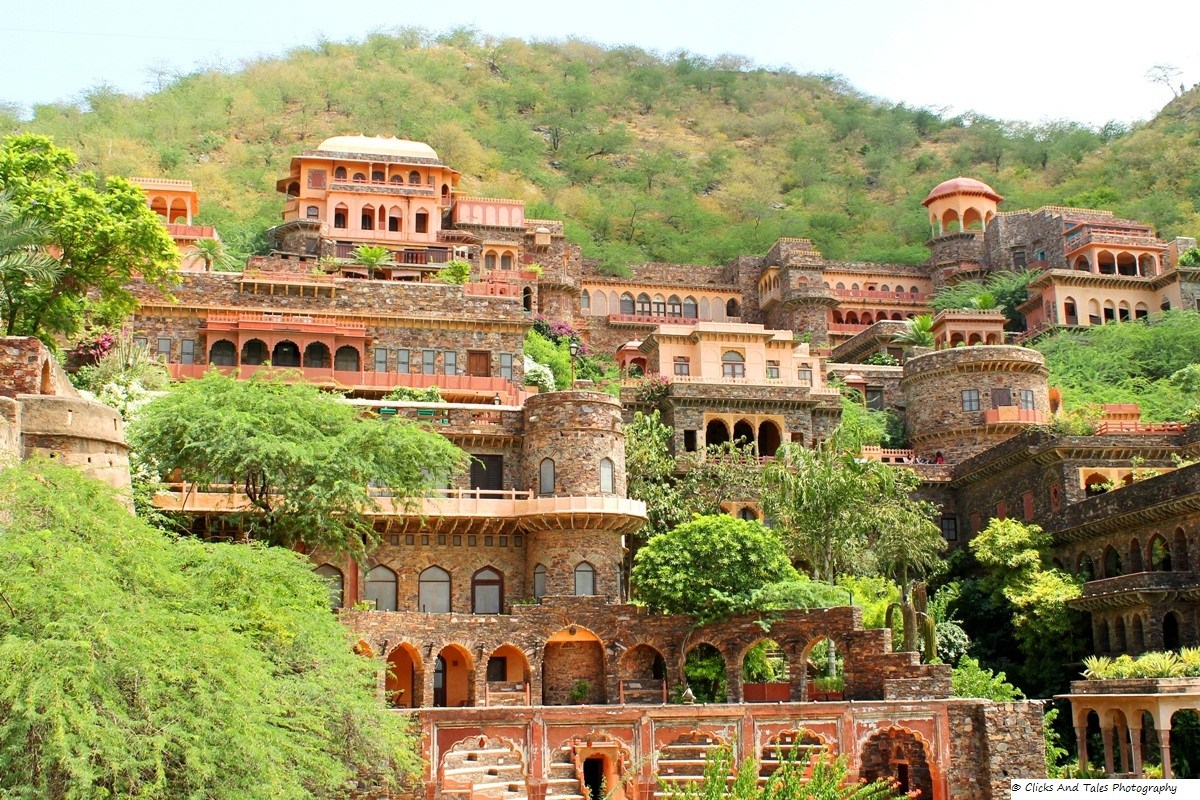
Pakbirra Jain Shrine Deul Temple
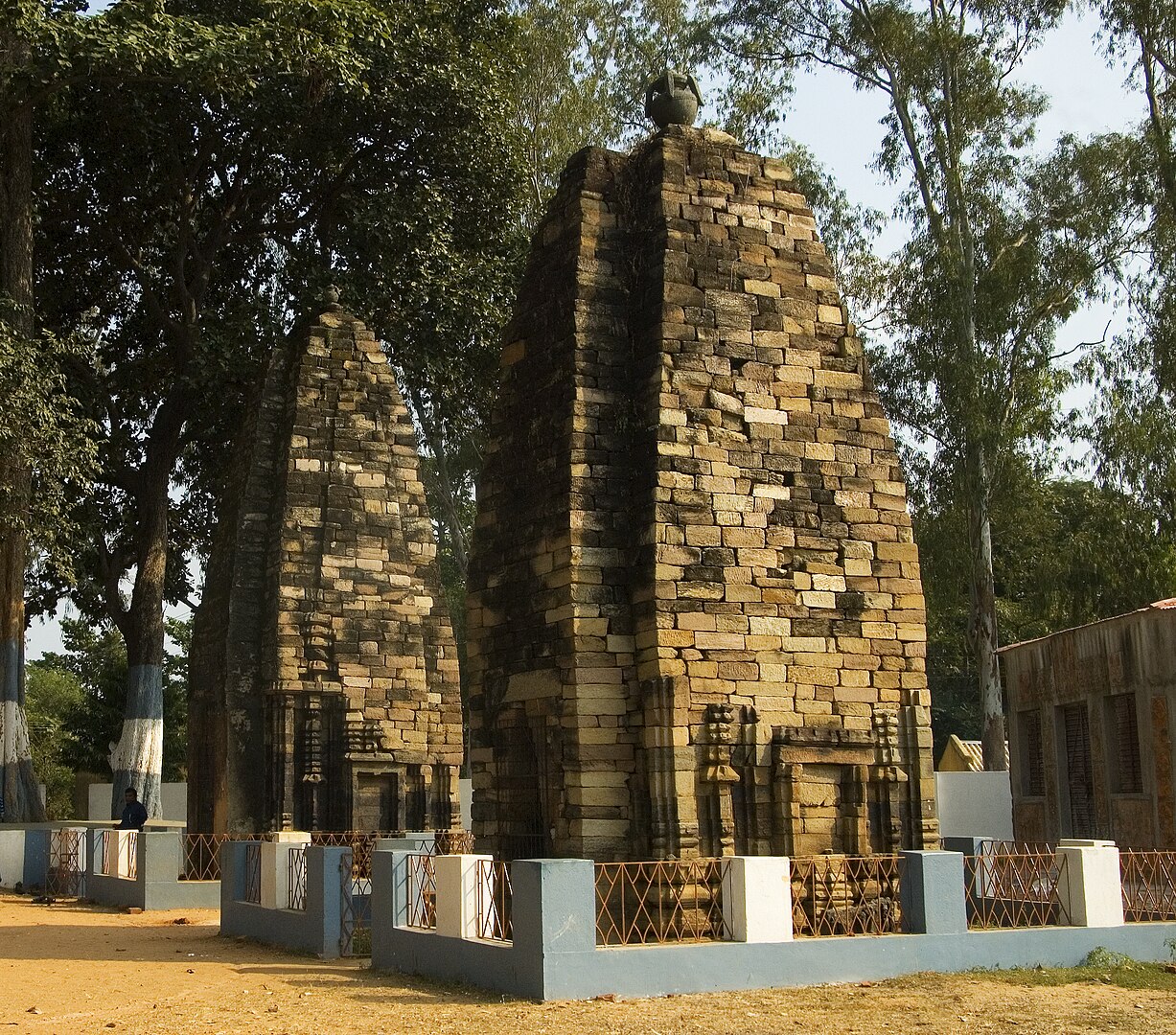
Peitra Dura and Jaali WOrs on on Amer Fort Entrance
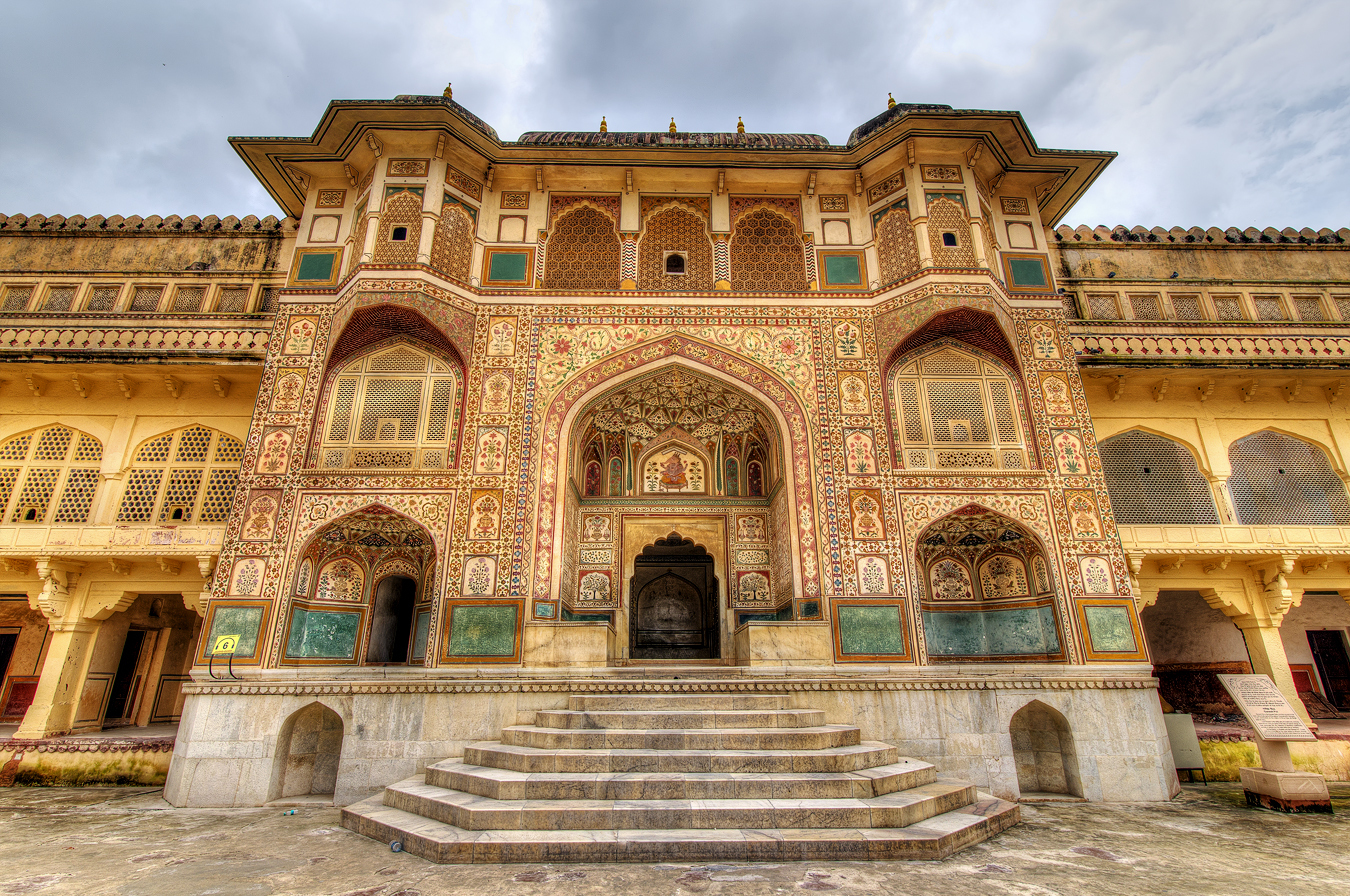
Prayer Hall at the Golden Temple in Bylakuppe
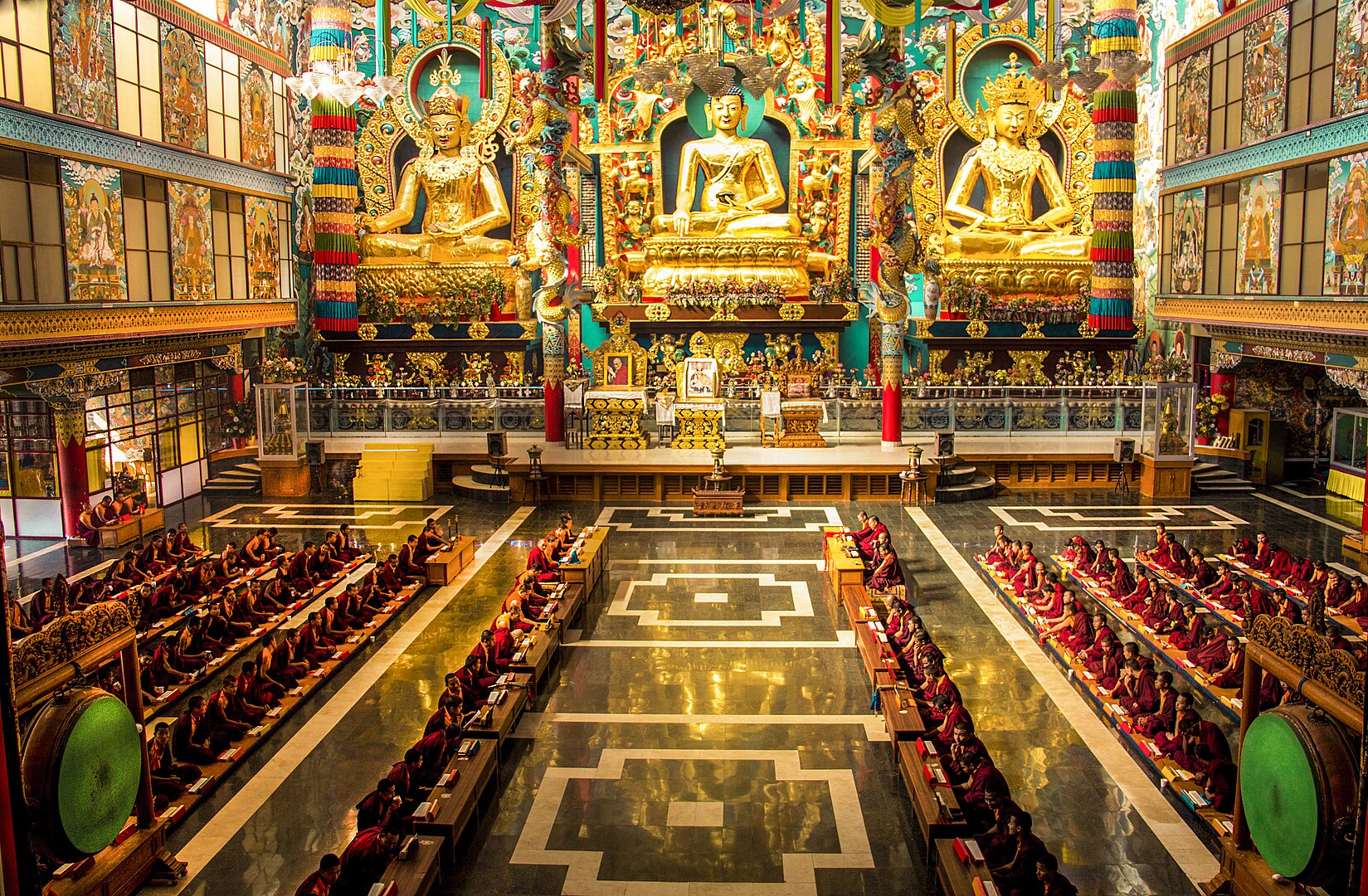
Pyramidal Shaped Structure over Rasmancha
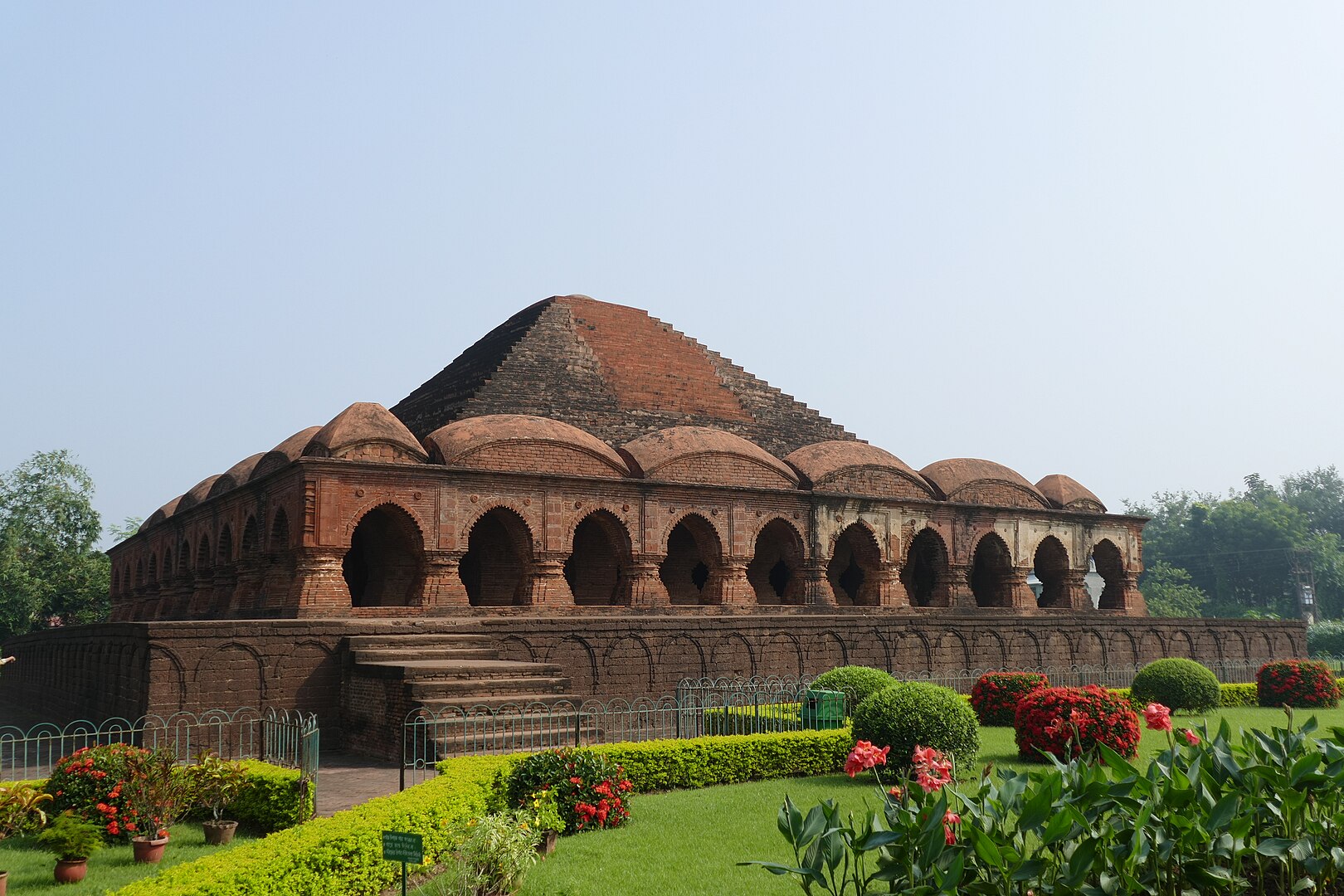
Ralang Monastery Sikkum
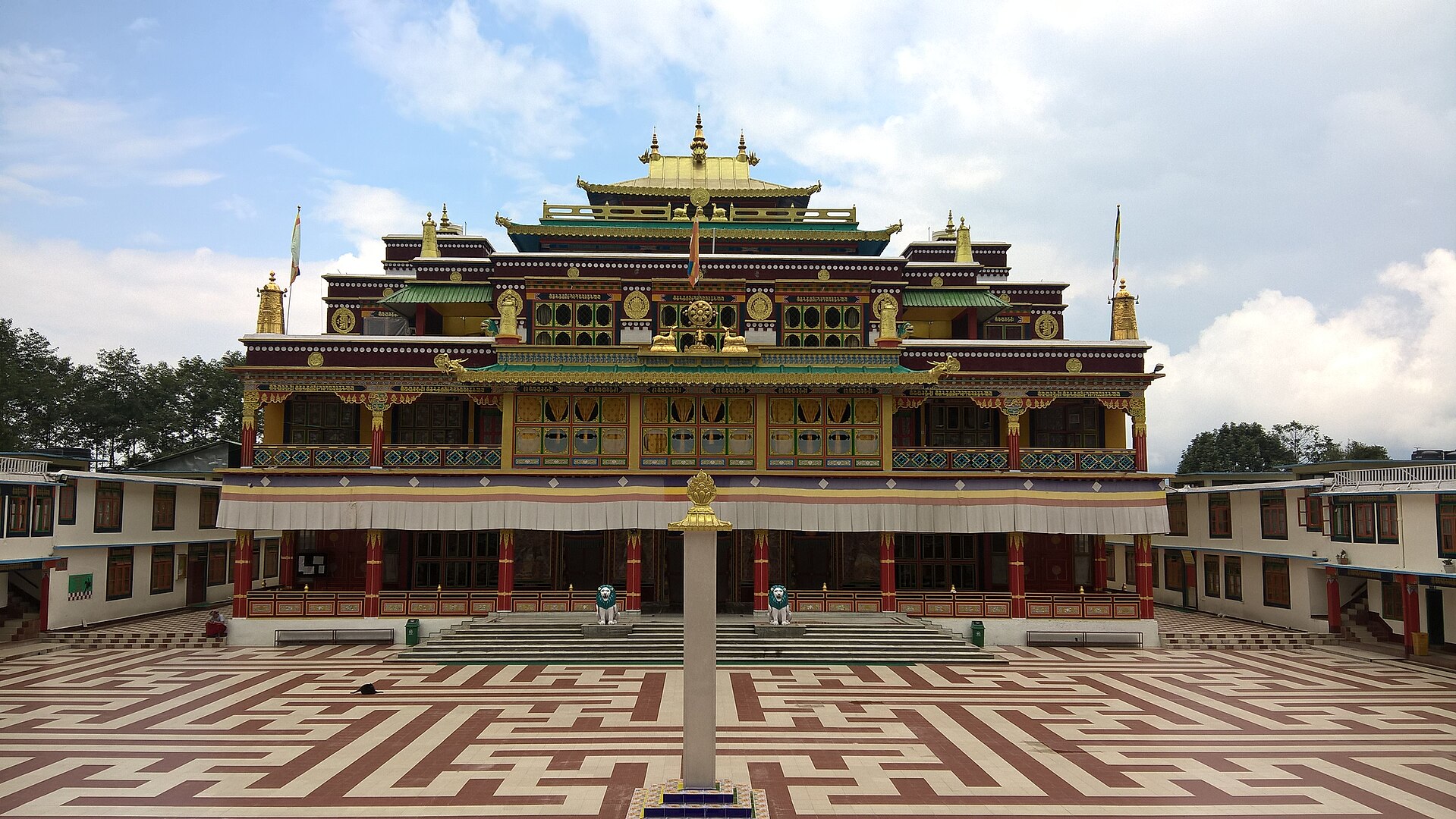
Salim Singh Ki Haveli
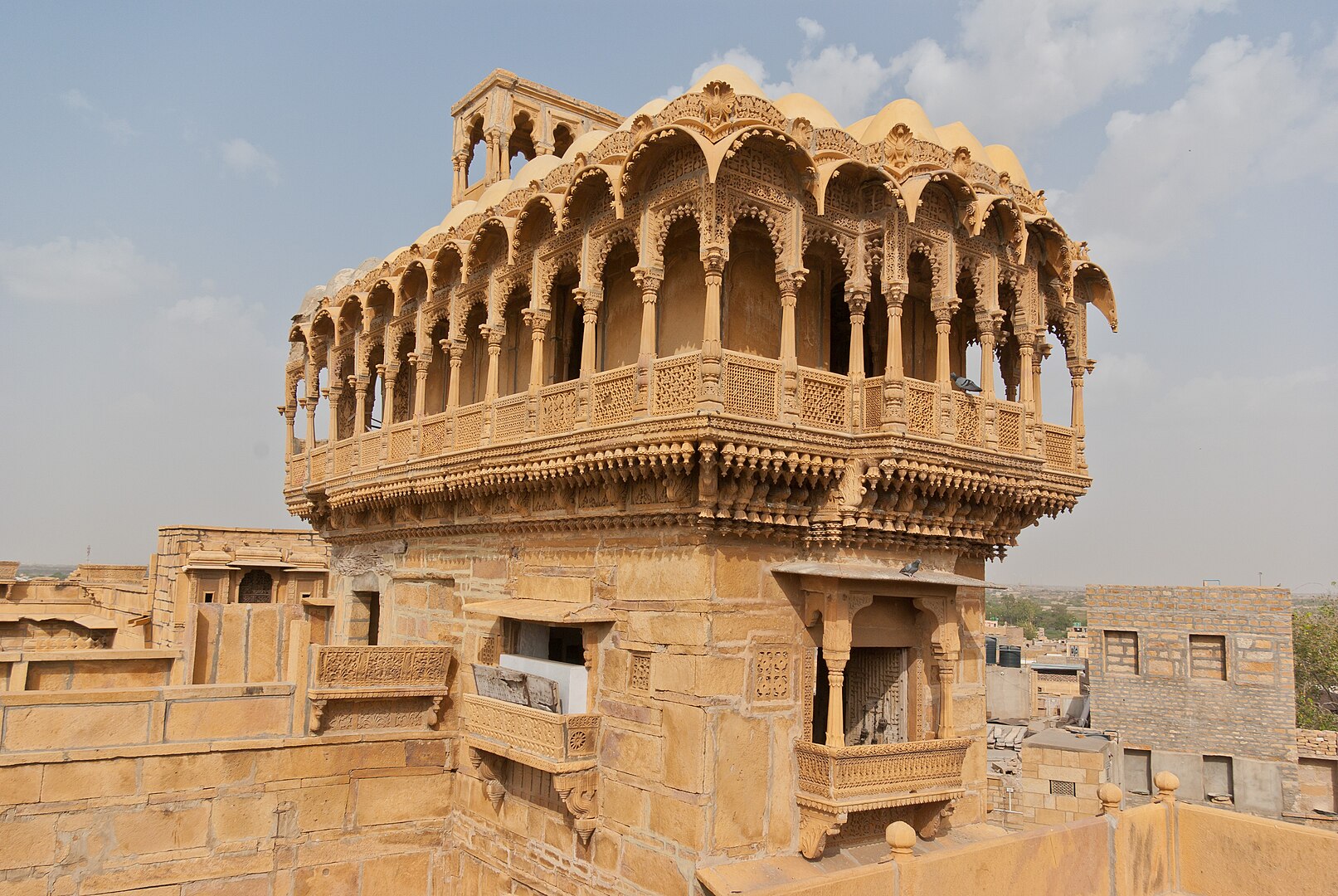
Shaniwanwade Palace Fort in Pune
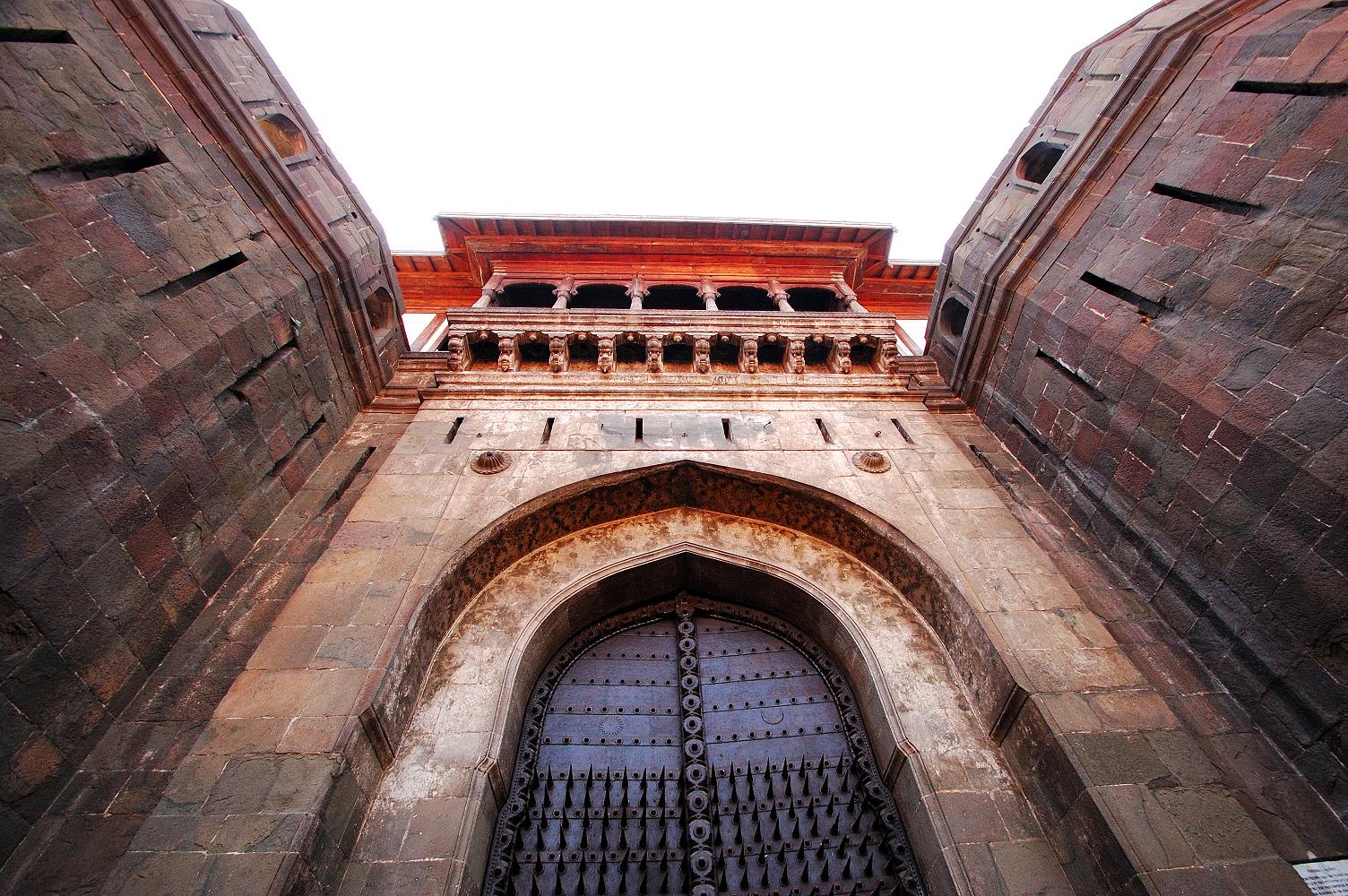
Stupas in Thikse Monastery
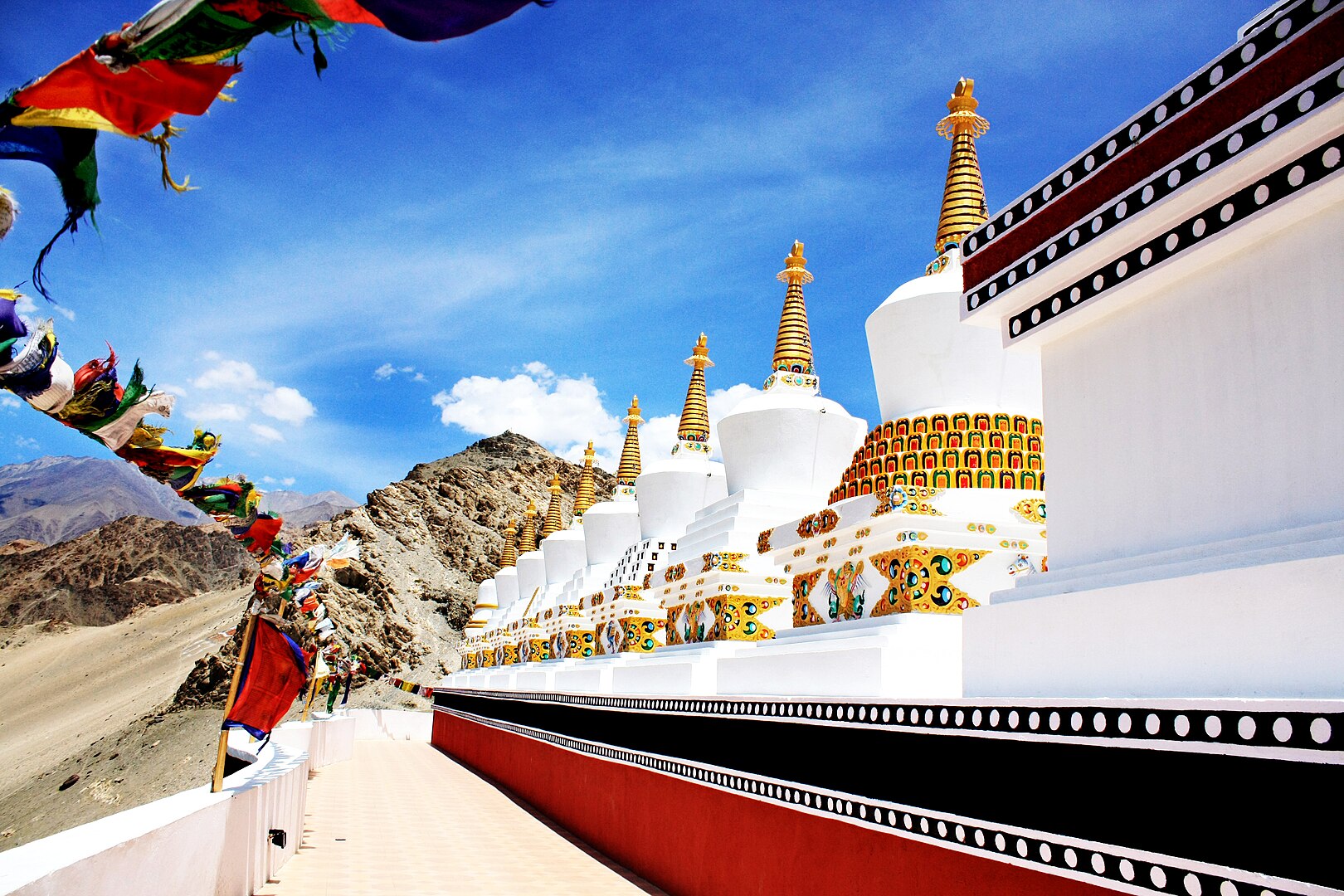
Tawang Monastery Arunachal Pradesh
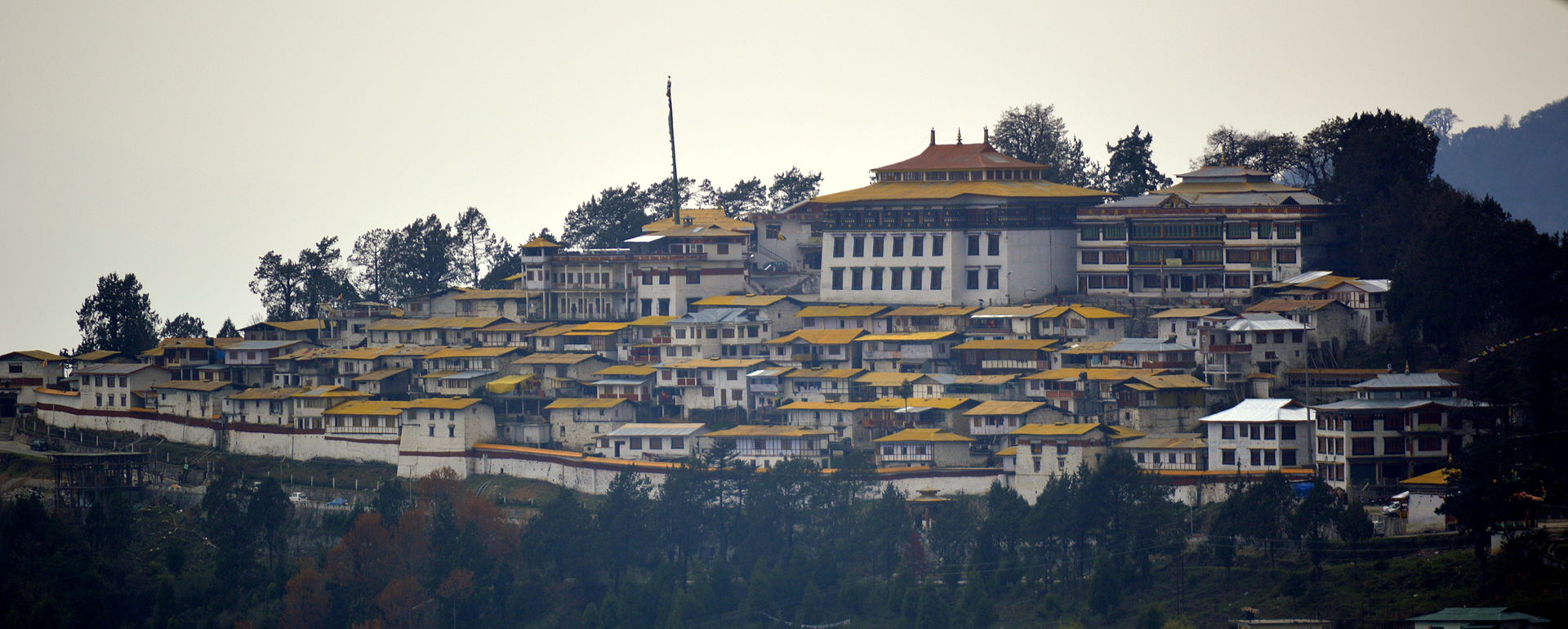
Tawant Monastery Assembly Hall
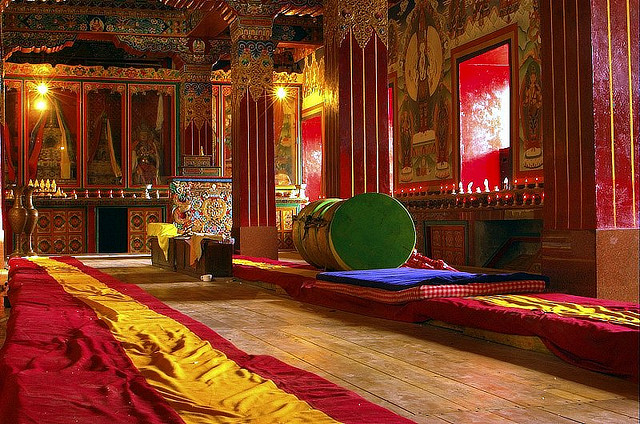
Thakur Dalan of Itachuna Rajbari at Khanyan
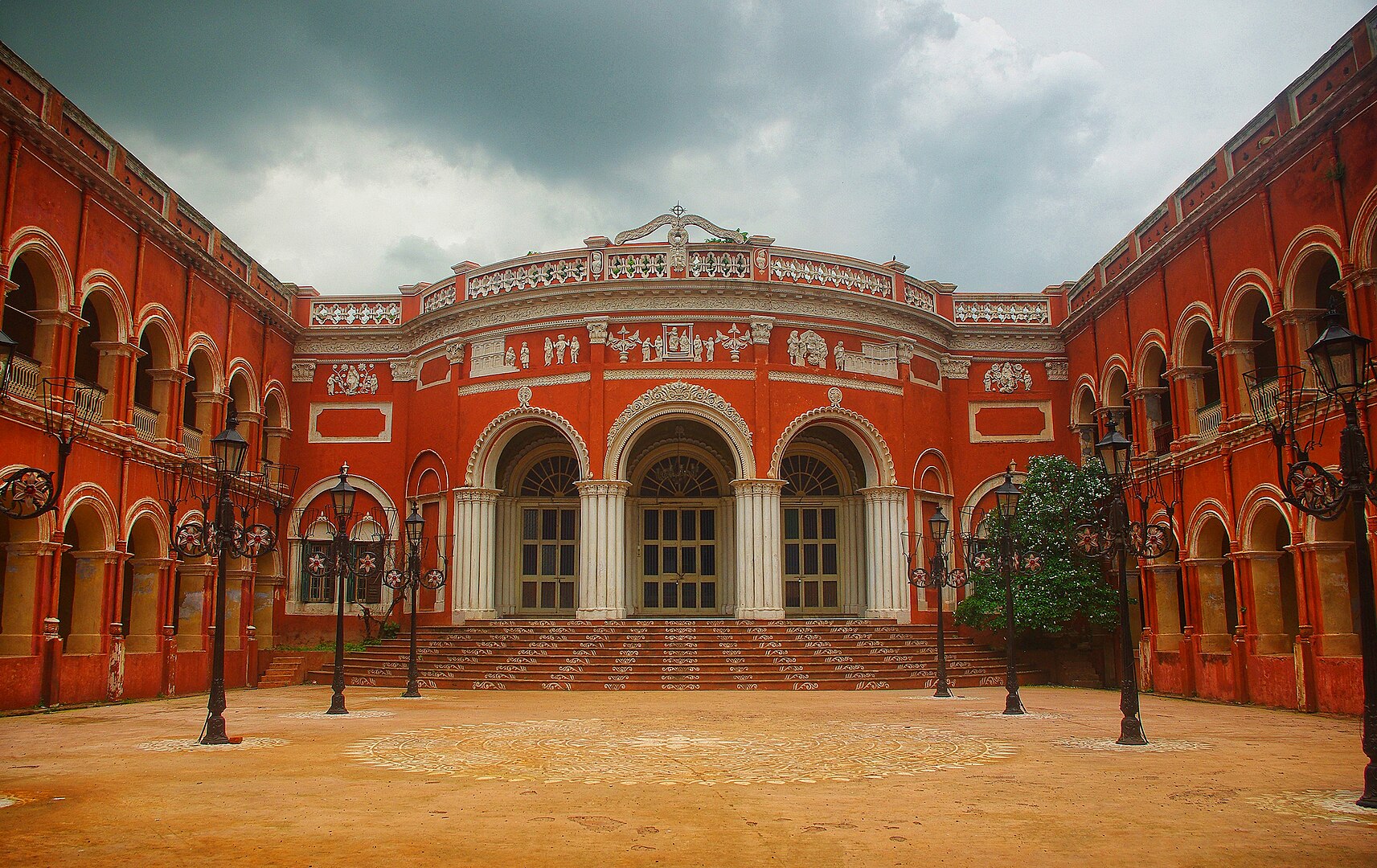
The Golden Temple in Amritsar
